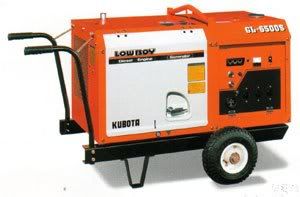Thanks for the info and link Marcus. I think you may be right, but I don't have any information on the engine protection relay so can't be sure. I'll try starting it with the oil pressure switch disconnected (ie. the relay thinks there is oil pressure) and see if it starts.
Cheers,
Nick
Cheers,
Nick



